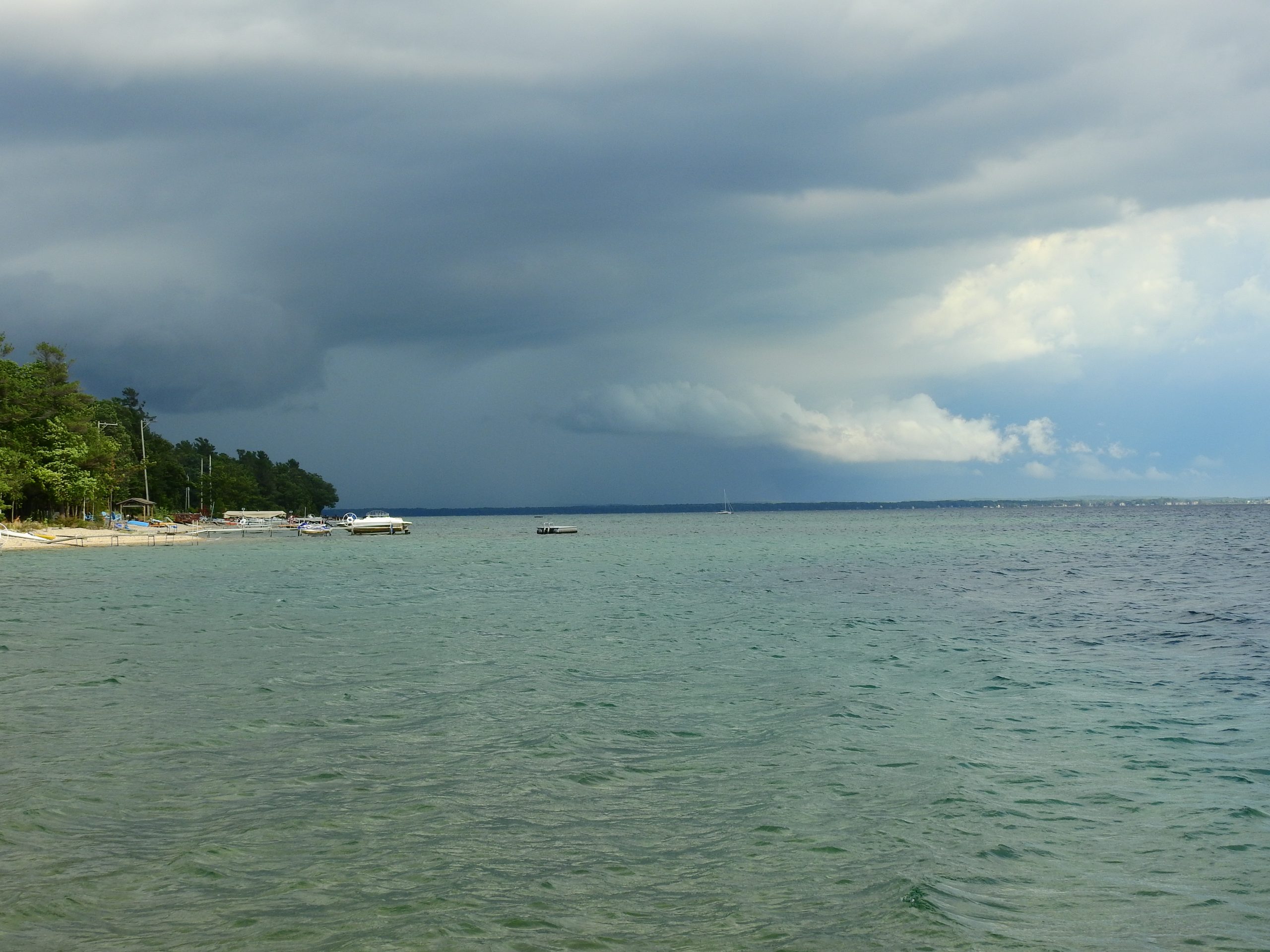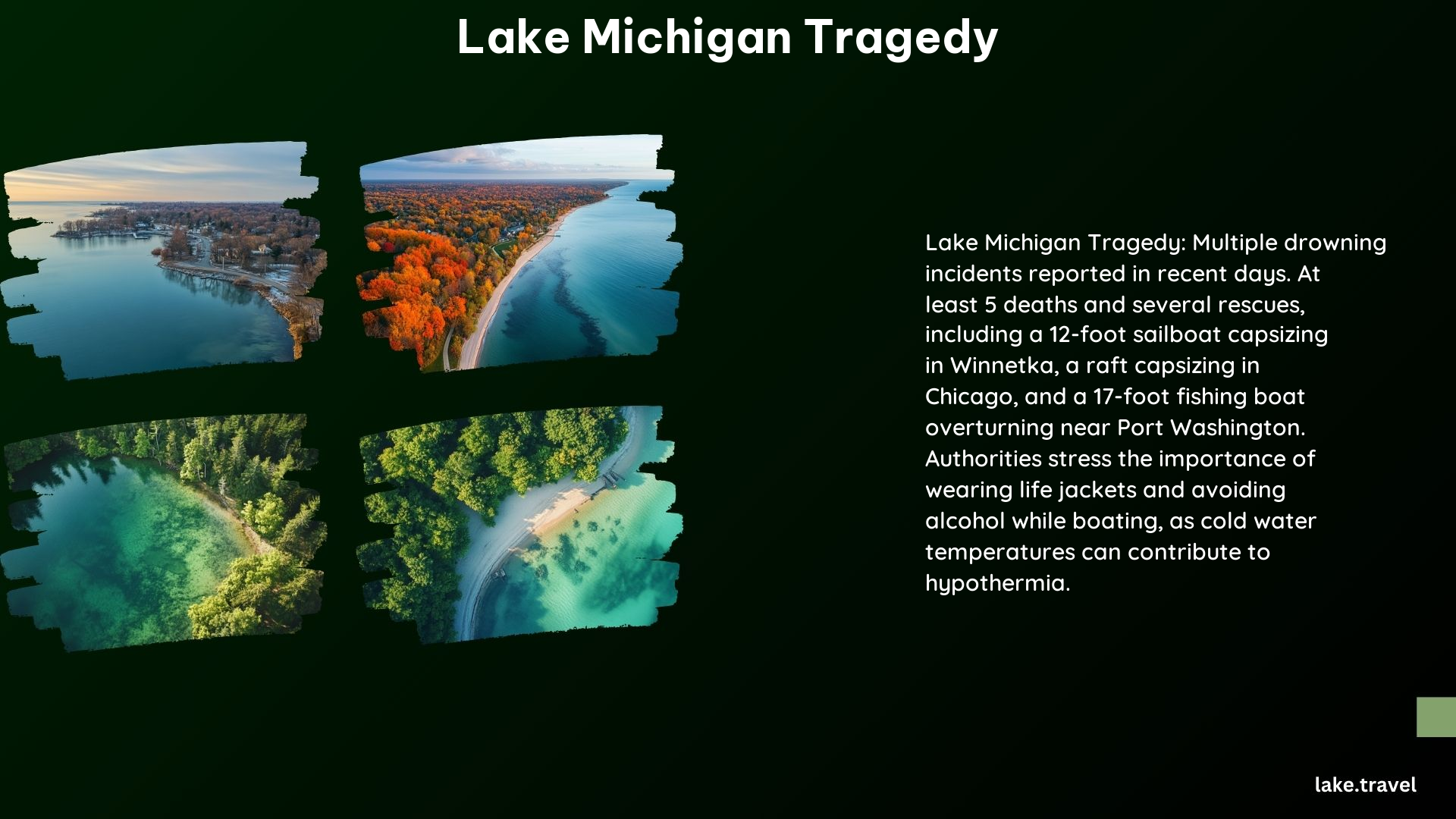Lake Michigan, one of the Great Lakes, has a history of tragic incidents, including drownings and boat accidents. Understanding the common causes of these tragedies and knowing how to identify and survive rip currents is crucial for lakes touring enthusiasts and tour planners.
Common Causes of Drowning Incidents in Lake Michigan

- Rip Currents: Strong currents that can pull swimmers away from the shore, making it difficult to swim back. Rip currents are often caused by strong winds, storms, or changes in water levels.
- Boating Accidents: Overturning of boats due to rough waters, poor weather conditions, or human error. In one incident, a 17-foot fishing boat capsized near Port Washington, resulting in two deaths and one injury.
- Swimming Distress: Swimmers getting tired or caught in strong currents while swimming. In another incident, a 17-year-old was found dead and two others were rescued after becoming distressed in the water while swimming.
- Weather Conditions: Storms, high winds, and cold water temperatures can contribute to accidents. The Lady Elgin tragedy in 1860, which resulted in the loss of over 400 lives, was caused by a storm.
Identifying and Surviving Rip Currents in Lake Michigan

- Check Weather Conditions: Before swimming or boating, check the weather forecast for strong winds, storms, or changes in water levels.
- Look for Signs: Rip currents can be identified by discolored or foamy water, lack of breaking waves, or a channel of churning water.
- Swim at Lifeguarded Beaches: Swim at beaches with lifeguards who can quickly respond to emergencies.
- Flip, Float, Follow: If caught in a rip current, flip onto your back, float to conserve energy, and follow the current until it weakens, then swim back to shore.
Safety Measures to Prevent Tragedies in Lake Michigan
- Wear Life Jackets: Ensure all boaters and swimmers wear properly fitting life jackets.
- Avoid Swimming Alone: Swim with a buddy who can assist in case of an emergency.
- Monitor Weather: Keep an eye on weather conditions and avoid swimming or boating during strong winds or storms.
- Learn Water Safety: Educate yourself on water safety strategies, such as the “flip, float, follow” method, and know how to respond to emergencies.
- Be Cautious of Cold Water: Be aware of the risks of hypothermia in cold water and take necessary precautions.
By understanding the common causes of drowning incidents, identifying and surviving rip currents, and taking safety measures, lakes touring enthusiasts and tour planners can minimize the risk of tragedies in Lake Michigan.
References:
– https://www.jsonline.com/story/communities/north/2024/07/16/two-dead-one-injured-after-boat-capsizes-in-lake-michigan/74426122007/
– https://abcnews.go.com/US/1-teen-dead-2-rescued-lake-michigan-apparent/story?id=111473379
– https://www.winnetkahistory.org/gazette/death-on-lake-michigan-the-lady-elgin-tragedy/
– https://www.wisn.com/article/lake-michigan-two-dead-one-rescued-after-boat-overturns/61613987
– https://www.nbcchicago.com/news/local/lake-michigan-waters-see-multiple-drownings-water-related-incidents-in-recent-days/3466442/
